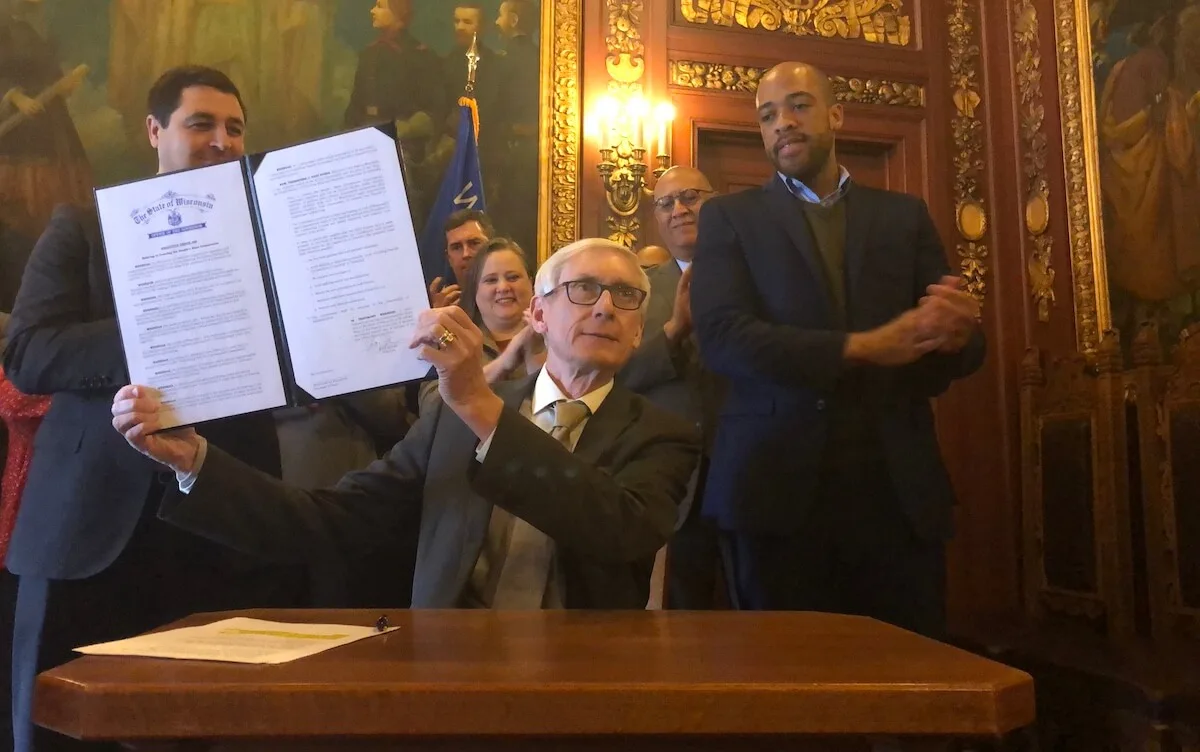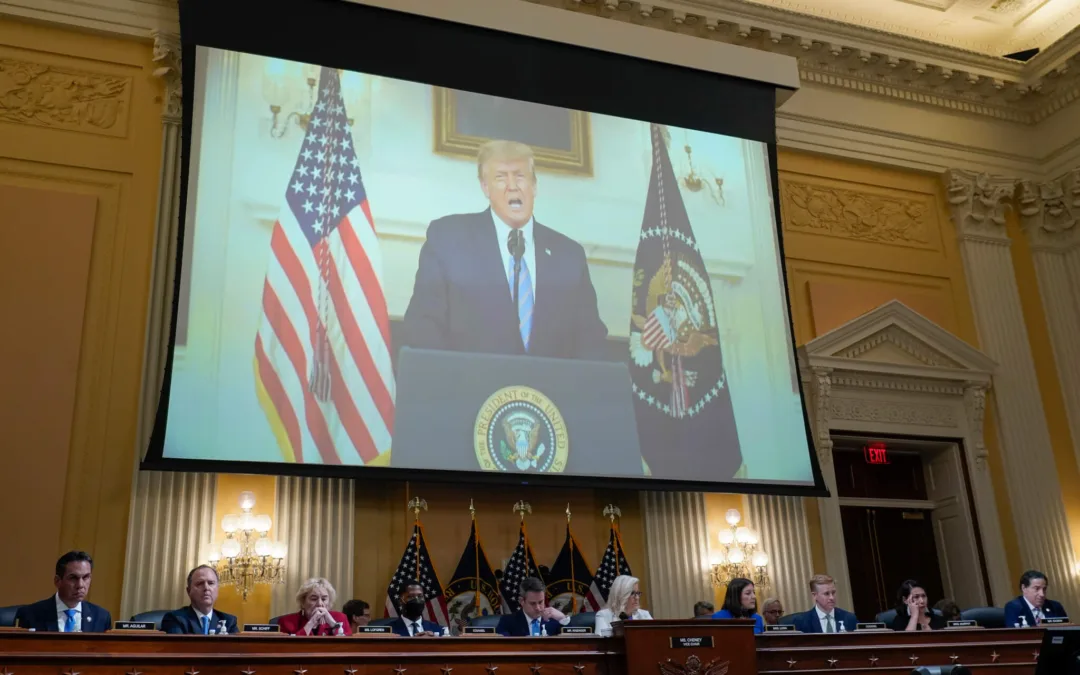
#image_title
#image_title
Evers wants the next maps to return to rewarding compromise and service, rather than conflict, but a 2021 battle is expected.
The Wisconsin governor said partisan gridlock, caused largely by gerrymandered voting districts that provide little incentive for lawmakers to compromise across the political aisle, led to more coronavirus cases and more deaths in 2020.
In an end-of-year interview with UpNorthNews, Gov. Tony Evers said numerous mitigation strategies to combat the coronavirus pandemic were taken away from his administration, putting them “behind the eight ball in court” and changing the focus to more contact tracing and testing rather than statewide safeguards like stay-home orders and indoor capacity limits.
“Other states had mitigation strategies that we didn’t have,” said Evers during the interview. “As a result, we have more cases of COVID-19 and I think we have more deaths that we didn’t have to have.”
During the second surge of the coronavirus in late October and into November, Wisconsin routinely led the nation in its percentage of positive cases per capita, with daily positive case totals climbing to nearly 8,000 at one point.
Evers’ comments on the impact of partisan gridlock on the ability to lead the state through the pandemic come at the end of a year that saw close to 5,000 Wisconsinites die due to the coronavirus and three lawsuits from GOP lawmakers and conservative groups challenging orders designed to slow the spread of the virus.
“It’s just logic. If I don’t find a way to reach common ground I’m not going to get re-elected,” said Evers of the hypothetical incentive for lawmakers from more competitively-drawn districts to work together. “That’s a big incentive [for reaching across the aisle].”
Turning the corner into 2021, it’s no secret Evers already has his sights set on another lawsuit, this one on redistricting for the next ten years. But in this case, he’s hoping the results break apart the partisan gridlock.
“I think I’ll have to end up vetoing the maps that the Republicans give us—I think they probably already have them drawn—and get some changes in court,” said Evers.
Last January, the governor signed an executive order, authorizing the creation of a nonpartisan, nine-member People’s Fair Maps Commission. The group was given a clear mission to draw new legislative and congressional maps that are “free from partisan bias and partisan advantage.”
“The best-case scenario is we will have as many competitive races as possible,” Evers said. “That forces people to compromise. If they don’t compromise when they have a competitive district, they’re not going to get re-elected.”
Every 10 years, states draw new legislative and congressional maps based on the results of the US Census. In 2011, the last time Wisconsin’s district maps were drawn, Republicans controlled the governor’s office and the Legislature. A legal challenge to the maps they drew went to the US Supreme Court which upheld the GOP’s boundaries despite legislative control that is significantly out of alignment with voters’ sentiments in recent statewide elections.
While the commission is free to suggest maps, it is ultimately up to the Legislature to approve them. GOP leaders have already signaled they don’t plan to do that. Ten years ago, the state had a Republican governor, Scott Walker, who did not veto the maps. This time around the dynamic is different.
“The commission is set up to draw competitive districts [to present in court],” Evers said. “Now, can every district be competitive? That is probably humanly impossible. But the public will know what fair maps look like and the public will know what gerrymandered maps look like. I think they’ll opt for fair maps. I can’t say the Legislature will do that. If they don’t, I’ll veto it. We’ll end up in court.”
According to a Marquette University Law School Poll, more than 70 percent of Wisconsinites prefer to have redistricting conducted by a nonpartisan commission. Following the November election, 55 of Wisconsin’s 72 counties now have passed resolutions or referenda supporting nonpartisan redistricting.
“We’ll make the argument [in court] that fair maps can happen in the state of Wisconsin,” said Evers. “And this time, we’ll have an example to prove it.”
Politics

‘Radical’ Republican proposals threaten bipartisan farm bill, USDA Secretary says
In an appearance before the North American Agricultural Journalists last week, United States Department of Agriculture (USDA) Secretary Tom Vilsack...

New Biden rule protects privacy of women seeking abortions
Under the new rules, state officials and law enforcement cannot obtain medical records related to lawful reproductive health care with the goal of...
Local News

Readers Poll: Top Bowling Alleys in Wisconsin
Looking for the best bowling in Wisconsin? Look no further! Our readers have spoken in our recent poll, and we have the inside scoop on the top...

8 Wisconsin restaurants Top Chef judges are raving about
Top Chef’s 21st season is all about Wisconsin, and on-screen, it’s already apparent that the judges feel right at home here. But, while filming in...


